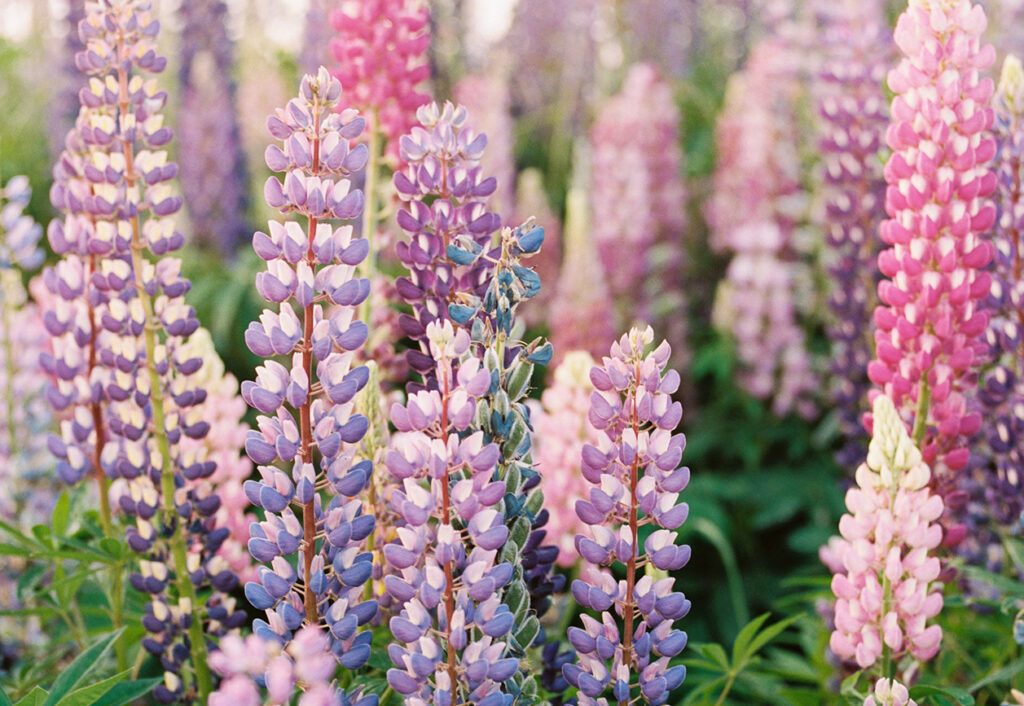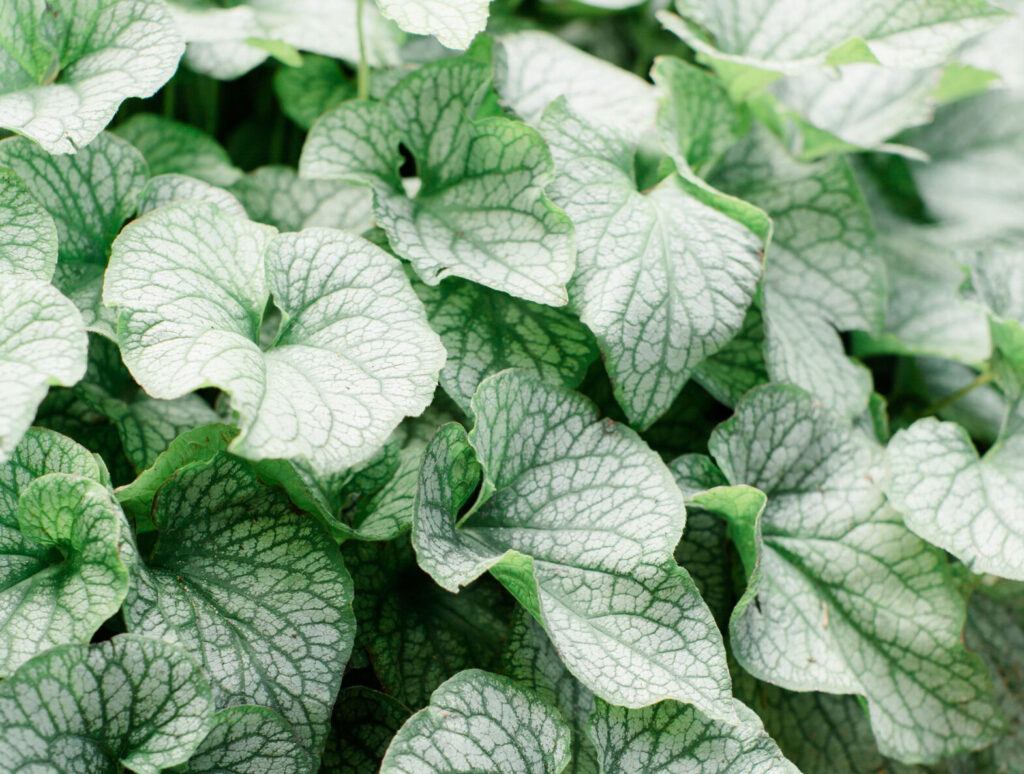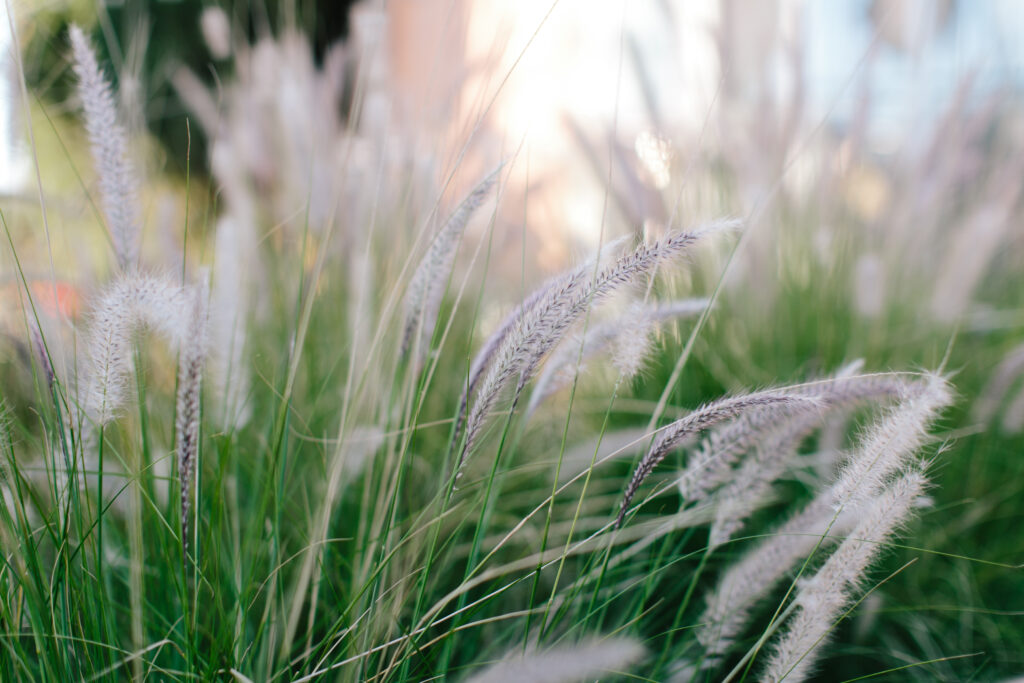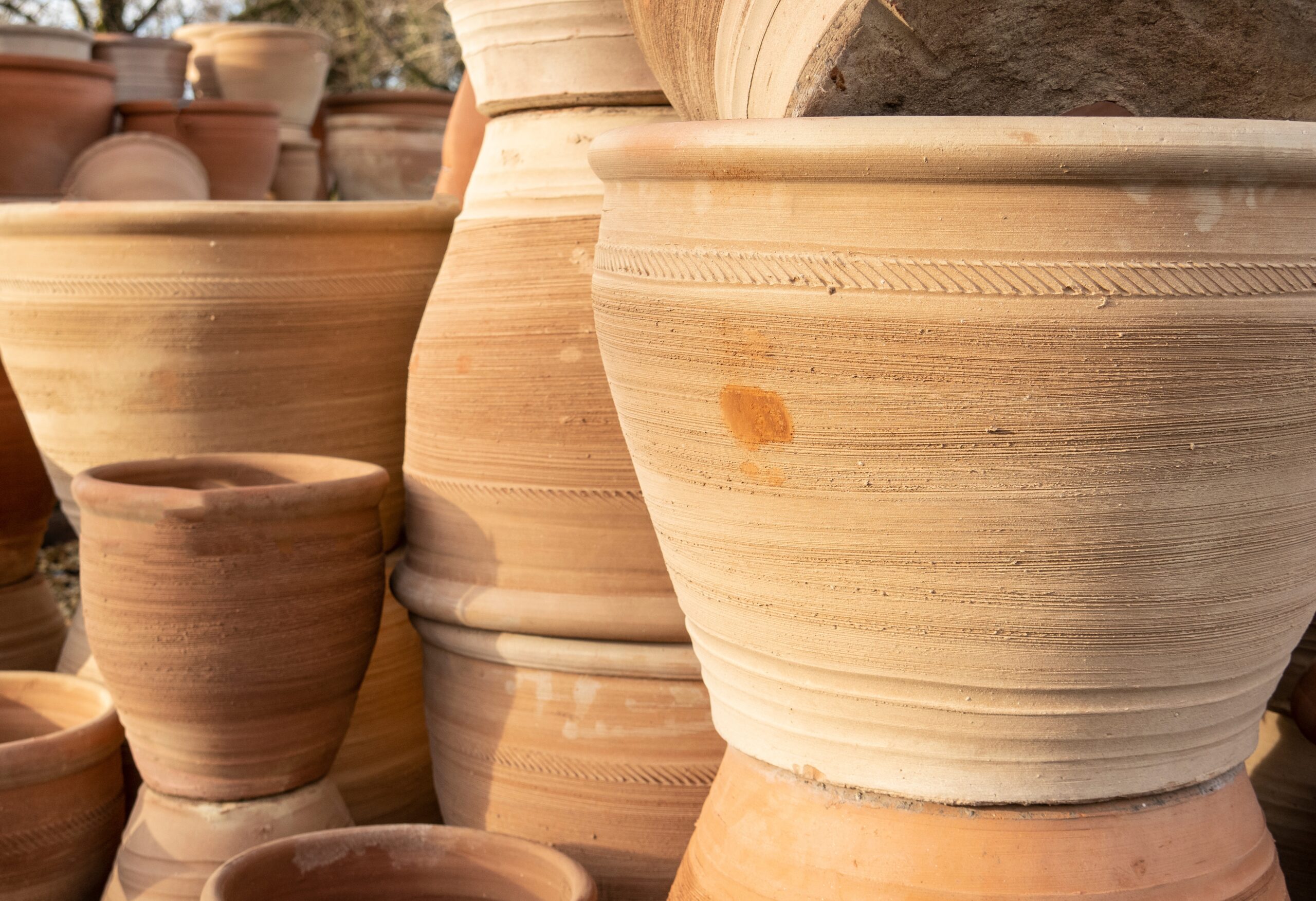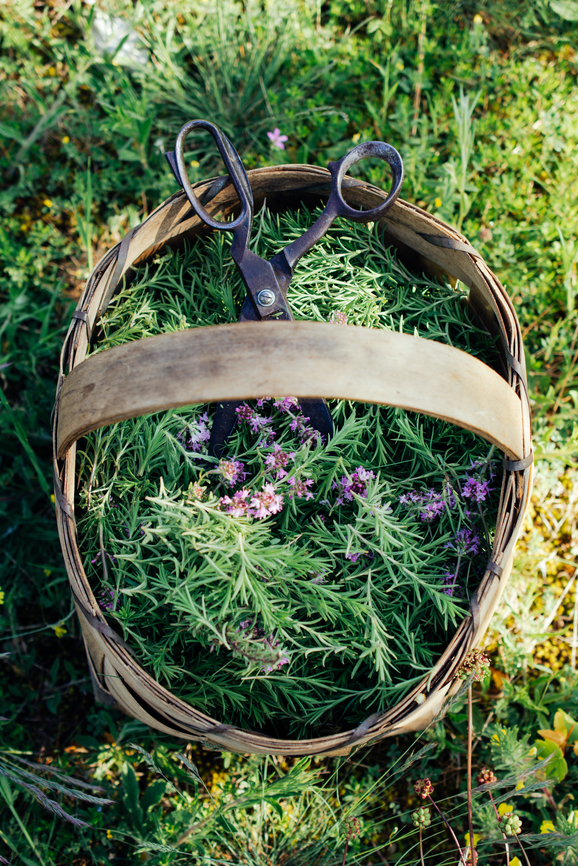The 5 Senses of the Sensory Garden:
Sight
This sense is certainly the easiest to engage. To elevate your sights, look to contrast textures, colours, and floral shapes throughout your plant selections. Our roots run deep in container gardening, and one of the essential lessons of a successful containers is achieving a visual balance. Thrillers, fillers and spillers make a container garden a treat to the eye. In your gardens, add height, dimension and aim to tell a story by helping eyes move across your areas. We achieve this by filling spaces where applicable, and certainly not neglecting the vertical spaces.
We appreciate the following for heightening the visual appeal:
- Penstemon
- Lupins
- Cockscomb
- Ageratum
- Zinnias
- Coneflower
- Larkspur
Scent
The key here: timing. You’ll want to add scents for all the seasons, so that you have a constant flow of delectable smells. To begin with, consider which plants produce scents without any disruption, and which need to be gently touched to release their aromas. Herbs are often a great examples of the latter. When you brush your hand, or walk past rosemary, lavender or oregano, the smell fills the air. Then plant accordingly, whether by pathways or within arms reach or further from common areas to left scents waft in.
Our founder Julie reminds us, “Scents can evoke powerful memories; this particular aspect of your sensory garden will stay with you for many, many years to come, so choose wisely!”.
Here’s what we recommend to execute the scent portion of the sensory garden, their approximate seasons noted:
- Lilacs (Spring)
- Hyacinths (Spring)
- Herbs like: Lavender, Sage, Basil, Rosemary (Summer)
- Honeysuckle (Summer)
- Tuberose (Summer); this is one of the most fragrant flowers but it is a very tender annual in Canada. It is completely worth the effort of being dug up and overwintered though, so it remains on our list
- Climbing roses (Fall)
- Evening Primrose (Fall)
- Miniature conifers (Winter)
Touch
We look to textures throughout the plant, from the stems to the tips of the leaves. Whether soft or heavily ridged foliage, thick barks, tiny leaves or soft flowers, these plant parts will help bring out your inner child. Primarily, tactile input is how we all began understanding the world around us. When you feel something soft or smooth it can actually help calm your nervous system. Thereby, assisting in a sense of restfulness.
While we like the idea of pursuing a nursery and picking based on what you’re drawn to touch yourself, but here are a few favourites:
- Moss
- Creeping thyme (an excellent ground-cover for touching with you toes!)
- Lamb’s Ear
- Sea Cabbage
- Hostas, regular sized or minis sometimes called “Mouse ear hostas”
- Pelargoniums
- Bamboo
- Paperbark Maple
Taste
Captivate your taste buds with various edible plants. No matter your garden’s footage, there is a size for all that can fill the need. We recently touched upon the world of edimentals which further expands the world of edible plants while considering their overall appearance and aesthetic as ornamentals (just ones you can eat.). Your sensory garden can include herbs for garnish, show-stopping vegetables or fruits that will have you enjoying their plentiful seasons.
On the menu:
- Strawberries
- Cucumbers
- Nasturtium (a lovely and bright garnish)
- Lavender
- Beets (the leaves are edible and add a kick to salads)
- Chives
- Dill
- Strawberries (try a hanging basket, these plants have “runners” that will beautifully hang down)
- Tomatoes
- Basil
- Apples
- Carrots (Try a Carrot Top Pesto)
Sound
For this final piece to the sensory garden, we rely on clever methods to bring a euphony of sound. To begin with, we add ornamental grasses that sway gently in the wind, creating soft rustles. We then look to our favourite pollinators to attract the sweet buzzing of various insects. Next, we implement other attractions for wildlife like birds in the forms of feeders, houses, nesting boxes and small water sources. The latter, can also provide tranquil sounds if in the form of a fountain or another kind of water feature.
- Zebra Grass
- Blue Fescue
- Purple Fountain Grass
- Blue Oat Grass
- Japanese Blood Grass
Julie’s Notes: I would also add windchimes as a way to round off this list. They quite literally harness the wind and the sounds create a positive energy while stimulating and enhancing a sense of serene in your garden.
Enjoy the planning and execution of bringing your very own sensory garden to life, the hours you put into your garden are returned in a sense of peace and tranquility that feels like the greatest reward. If you don’t already, be sure to follow us on Instagram and Pinterest! Looking for more reading and inspiration on all things home, gardening and lifestyle? Check out the The Wild Blog.

